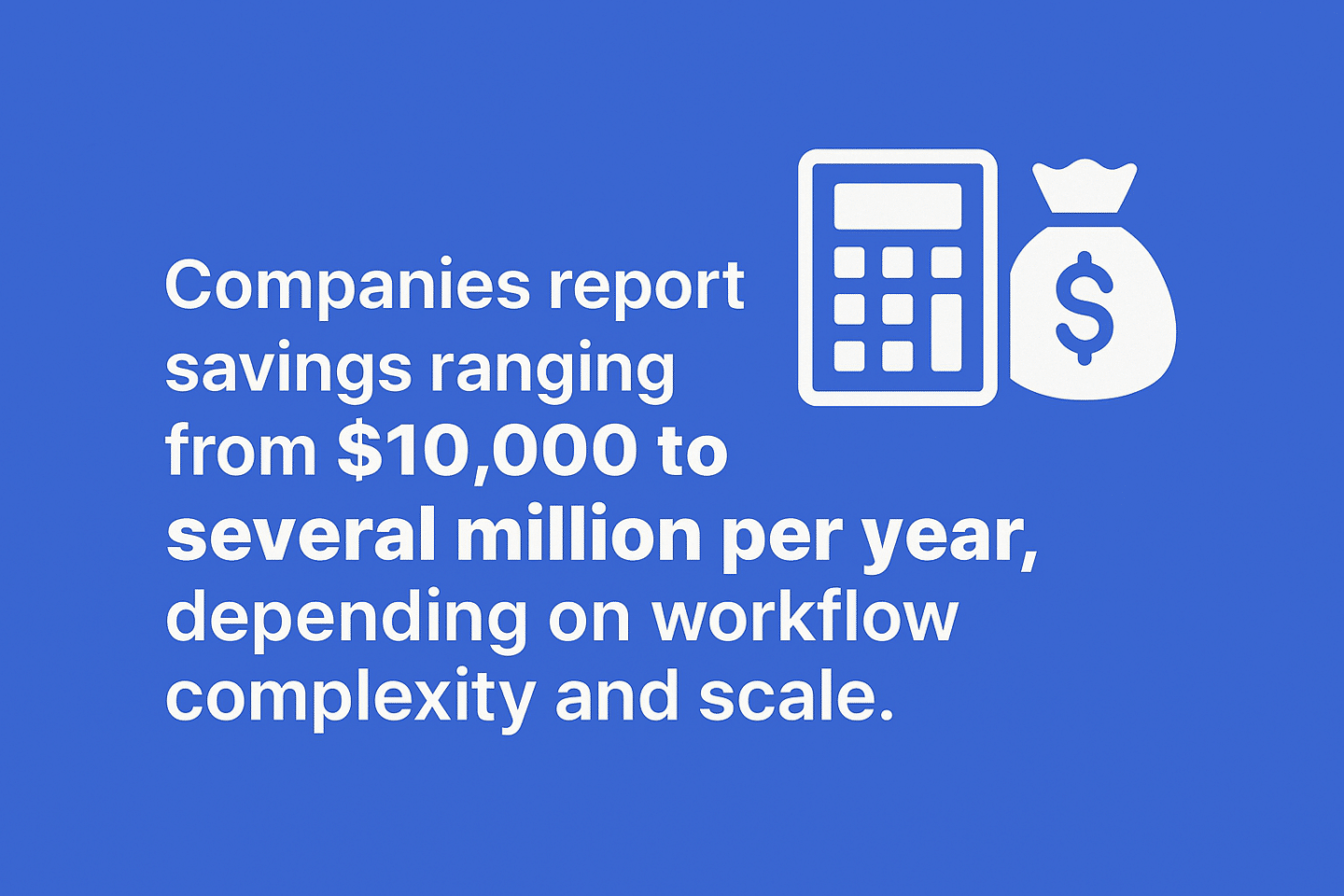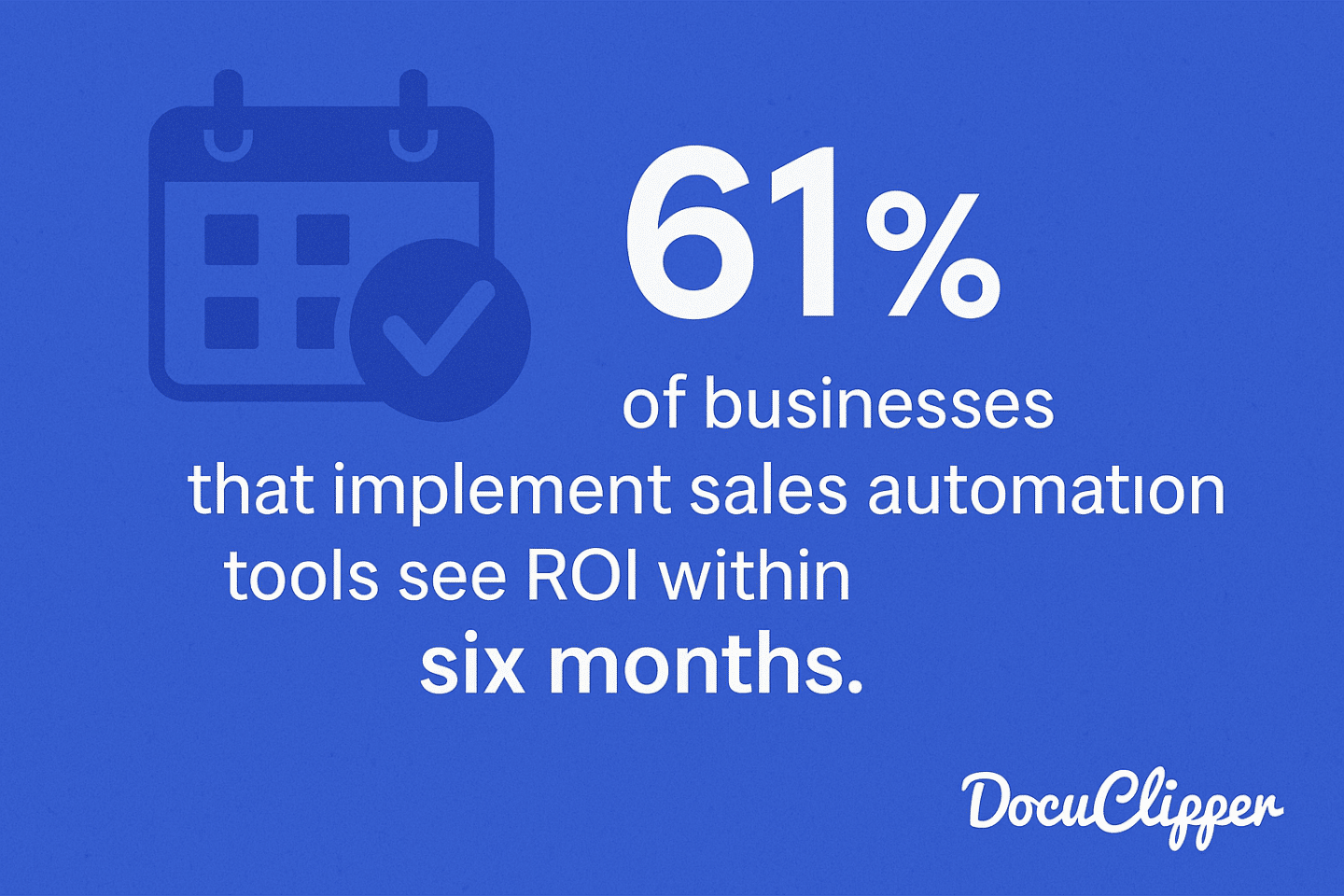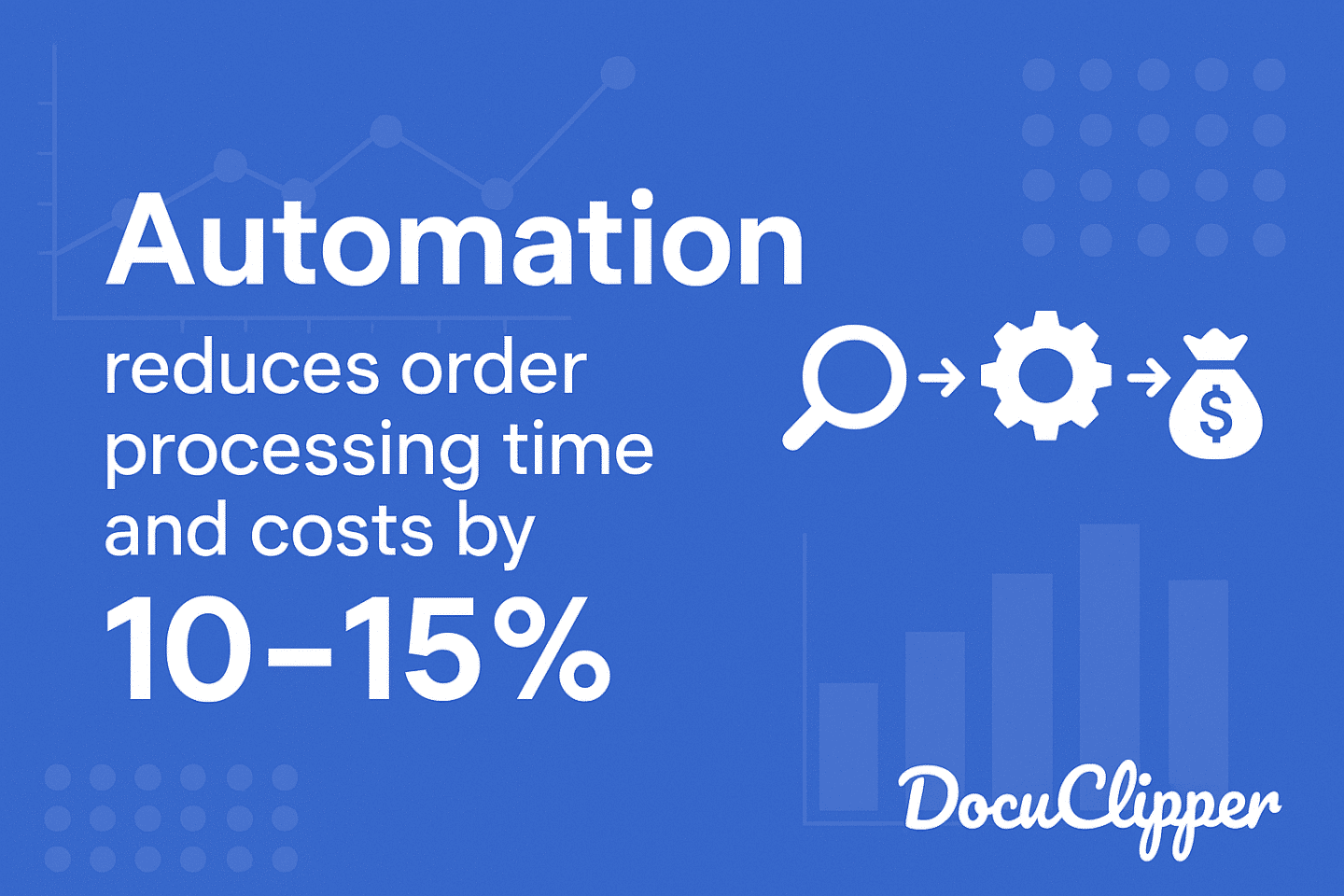Workflow automation is becoming a critical tool for businesses looking to improve efficiency, reduce manual tasks, and scale operations.
As teams face increasing pressure to do more with less, automating repetitive workflows offers a practical path to higher productivity and smoother collaboration. Whether you’re streamlining sales, marketing, HR, finance, or IT processes, automation helps teams focus on meaningful work instead of routine tasks.
This article explores the current landscape of workflow automation, including key adoption trends, benefits across departments, and the challenges organizations face when implementing automated systems.
Top 10 Workflow Automation Statistics

- Only 4% of businesses have fully automated their workflows, showing a large gap between potential and current adoption.
- According to McKinsey, 50% of work activities can be automated, demonstrating the vast potential for efficiency gains.
- 31% of businesses have automated at least one function, indicating a growing shift toward process optimization.
- The global business process automation market is projected to hit $19.6 billion by 2026, signaling robust investment and adoption worldwide.
- 76% of companies use automation to standardize daily workflows, making routine tasks faster and more consistent.
- Companies report savings ranging from $10,000 to several million per year, depending on workflow complexity and scale.
- Workflow automation increases lead quantity by 80%, conversions by 75%, and qualified leads by 451%, particularly in marketing and sales.
- Companies that automate email workflows generate twice as many leads and 58% more conversions compared to manual email outreach.
- 62% of companies report three or more major process inefficiencies that could be solved through workflow automation.
- Smaller businesses adopting automation report higher success (65%) than larger enterprises (55%), often due to faster execution and adaptability.
General Workflow Automation Statistics
- 58% of organizations automate reporting and planning processes, improving decision-making with real-time data.
- Automation helps streamline communications and resource allocation, two areas often led by IT.
Departmental Statistics
Sales Workflow Automation Statistics

- 30% of sales-related activities can be automated, including order processing, data entry, and lead management, according to McKinsey.
- 61% of businesses that implement sales automation tools see ROI within six months.
- 80% of sales teams report higher lead quantity when using workflow automation in their CRM systems.
Marketing Workflow Automation Statistics
- 51% of employees spend at least two hours daily on repetitive tasks, much of which can be automated to free up time for strategy and creativity.
- Marketing automation increases conversions by up to 75% by delivering timely, personalized messaging.
- 58% of businesses use automation for data, reporting, and planning, helping marketers make faster, data-driven decisions.
Human Resources Workflow Automation Statistics
- Companies report that the hiring and onboarding process is 67% faster when using workflow automation.
- Managers spend an average of 8 hours per week on manual data tasks, much of which involves HR-related paperwork that can be automated.
- 25% of managers devote over 20 hours weekly to repetitive admin tasks.
- Workflow automation reduces data entry errors, critical for accurate employee records and payroll.
Finance Workflow Automation Statistics

- The average organization saves $46,000 per year by automating finance-related workflows like invoicing, approvals, and reporting.
- Gartner estimates print-related costs consume 1–3% of company revenue, much of which can be eliminated by automating paper-based finance workflows.
- Automation helps reduce order processing costs by 10–15%, especially in procurement and accounts payable functions.
- Workflow automation increases data accuracy by up to 88%, reducing errors in budgets, forecasts, and audits.
Information Technology Workflow Automation Statistics
- Workflow and robotic process automation can detect and respond to phishing attacks 70% more effectively.
- IT-led automation supports compliance in many businesses, especially through secure data handling and audit-ready workflows.
ROI & Benefits of Workflow Automation Statistics
- Businesses using workflow automation save an average of $46,000 annually.
- Automating repetitive tasks frees employees for higher-value work, improving job satisfaction and team efficiency.
Workflow Automation Challenges Statistics
- Top inefficiencies that automation could solve include:
- 54% cite poor communication
- 44% cite repetitive errors
- 42% cite delays in project deployment
- 24% cite compliance issues
- 17% cite rising costs
- Smaller businesses are slower to adopt automation, though those that do often report greater success.
- Managers spend up to 20+ hours weekly on manual tasks, highlighting the reliance on outdated workflows.
- Workflow inexperience and perceived complexity remain major barriers, especially for teams without dedicated IT or automation specialists.
Sources
- Formstack’s 2022 State of Digital Maturity Report
- McKinsey & Company Research on Automation Potential
- Gartner Research on Print and IT Costs
- Mantis Research & Formstack on Digital Maturity Trends



